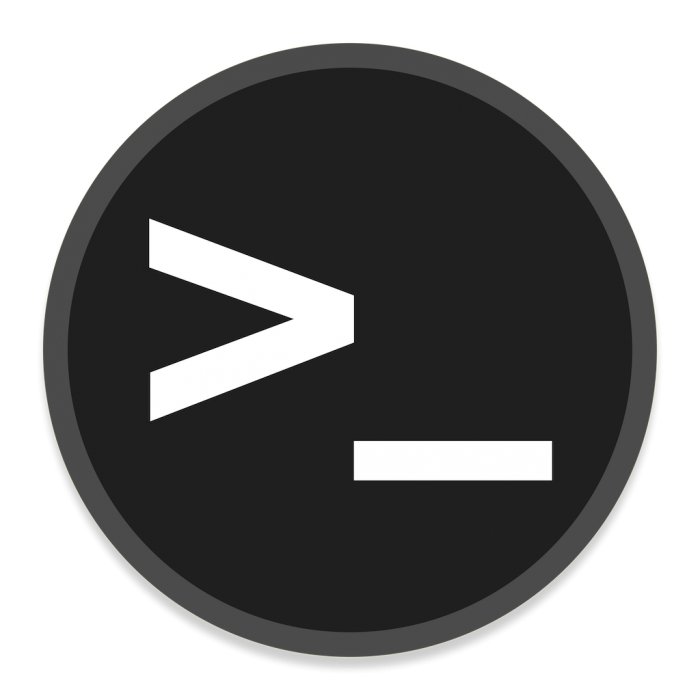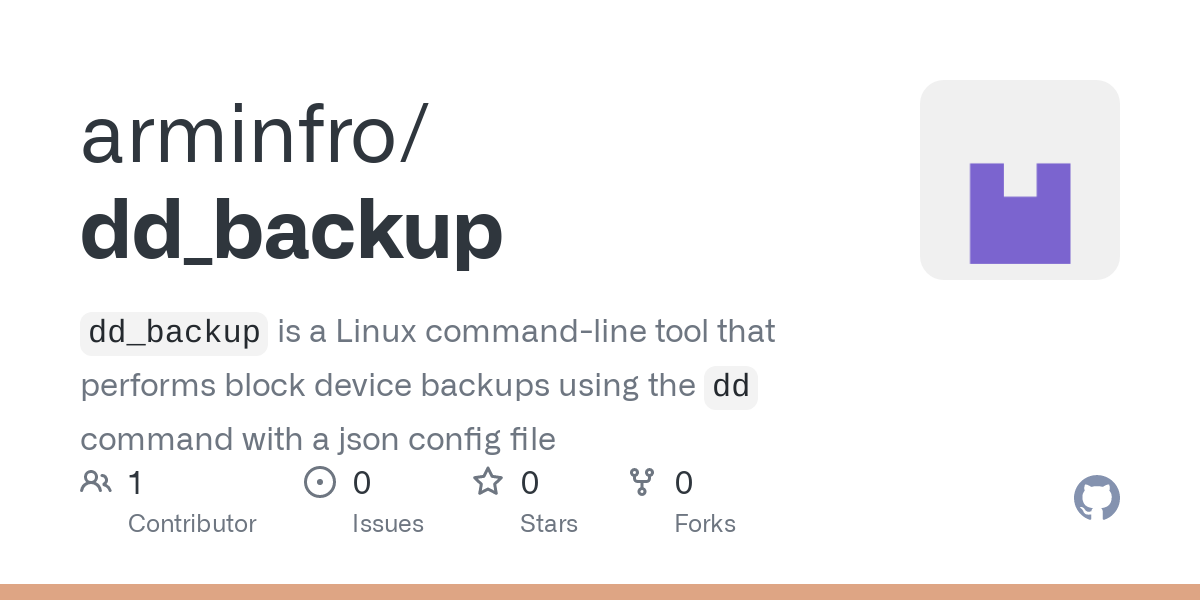

Yes, it’s essentially just this command. But if you do it many times or for different harddrives, then it’s useful to have a configured tool which you just ran and may do several dd’s at once. Also it does delete oldest backup (if you wish so). And calls sync and fsck for you


Great, I’m gonna try to find a working use case with the new telescope tabs plugin https://github.com/FabianWirth/search.nvim#customizing-tabs